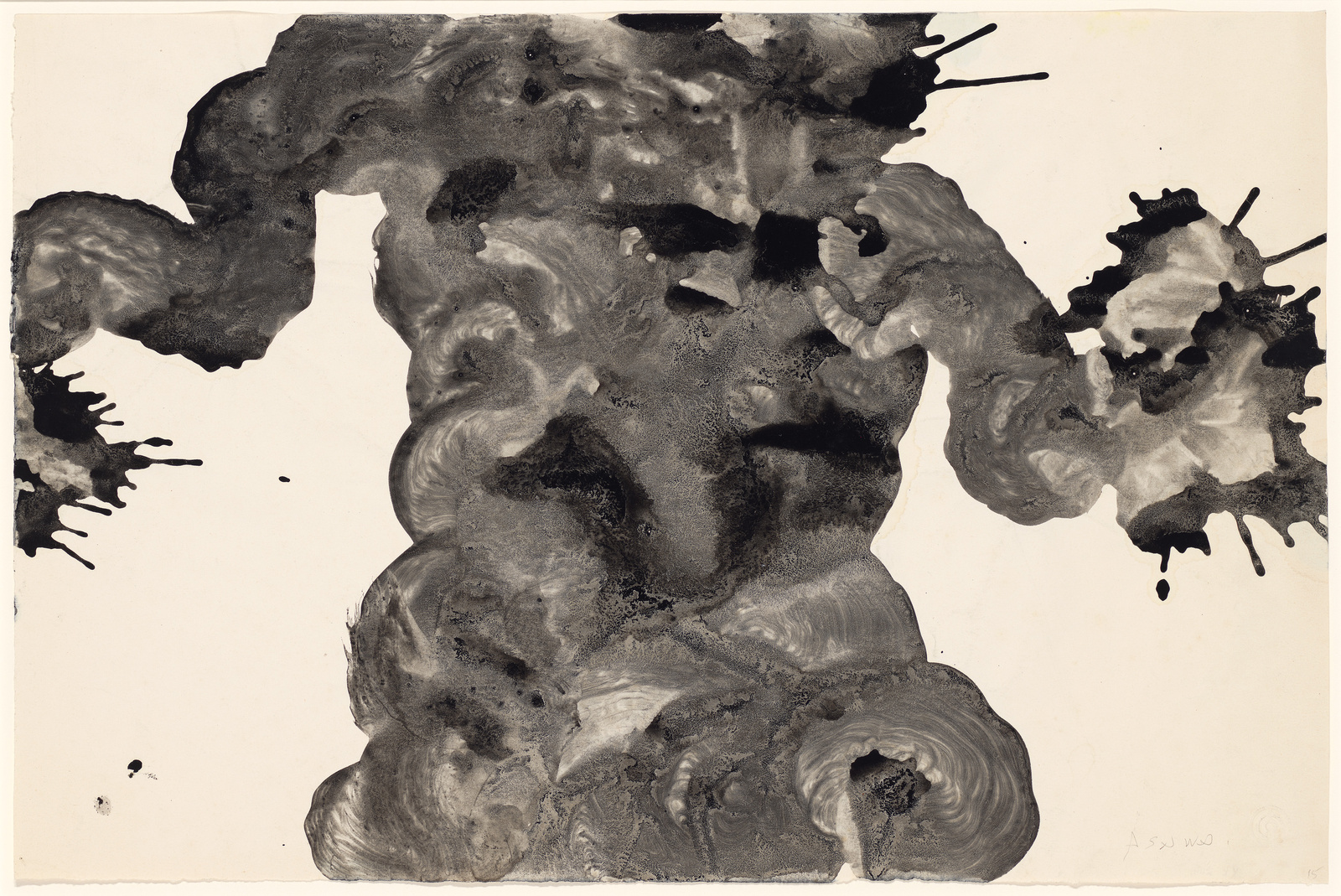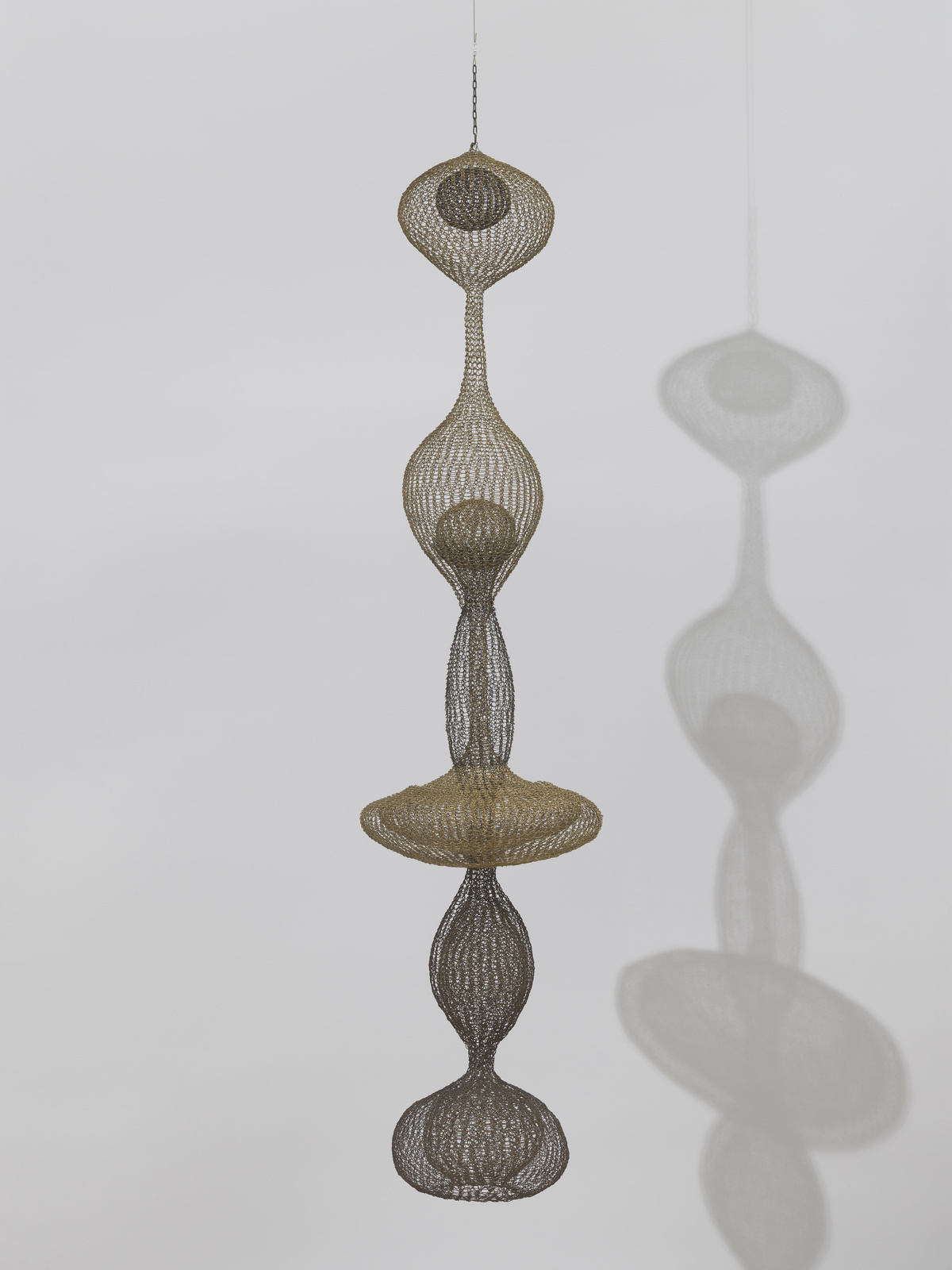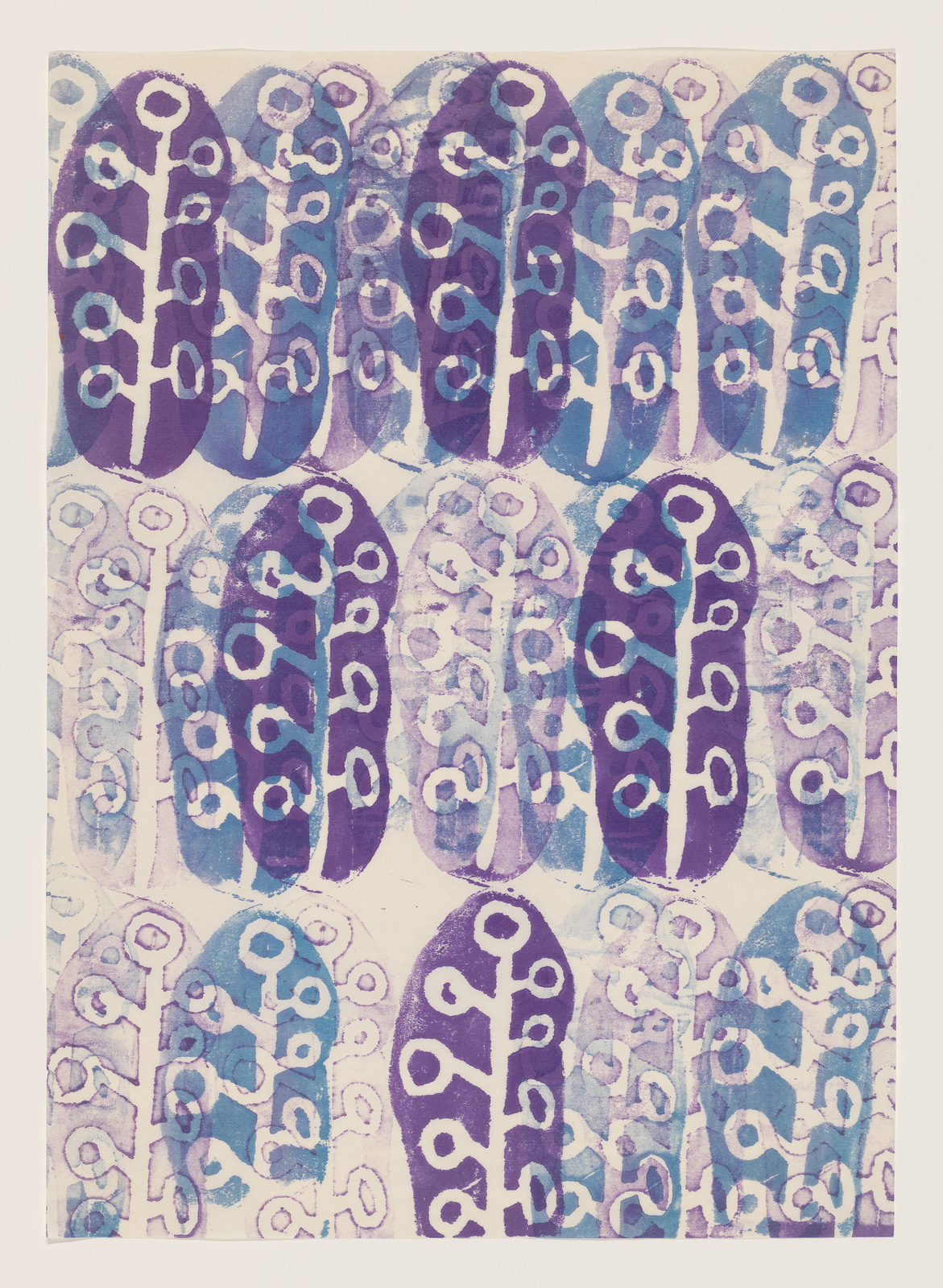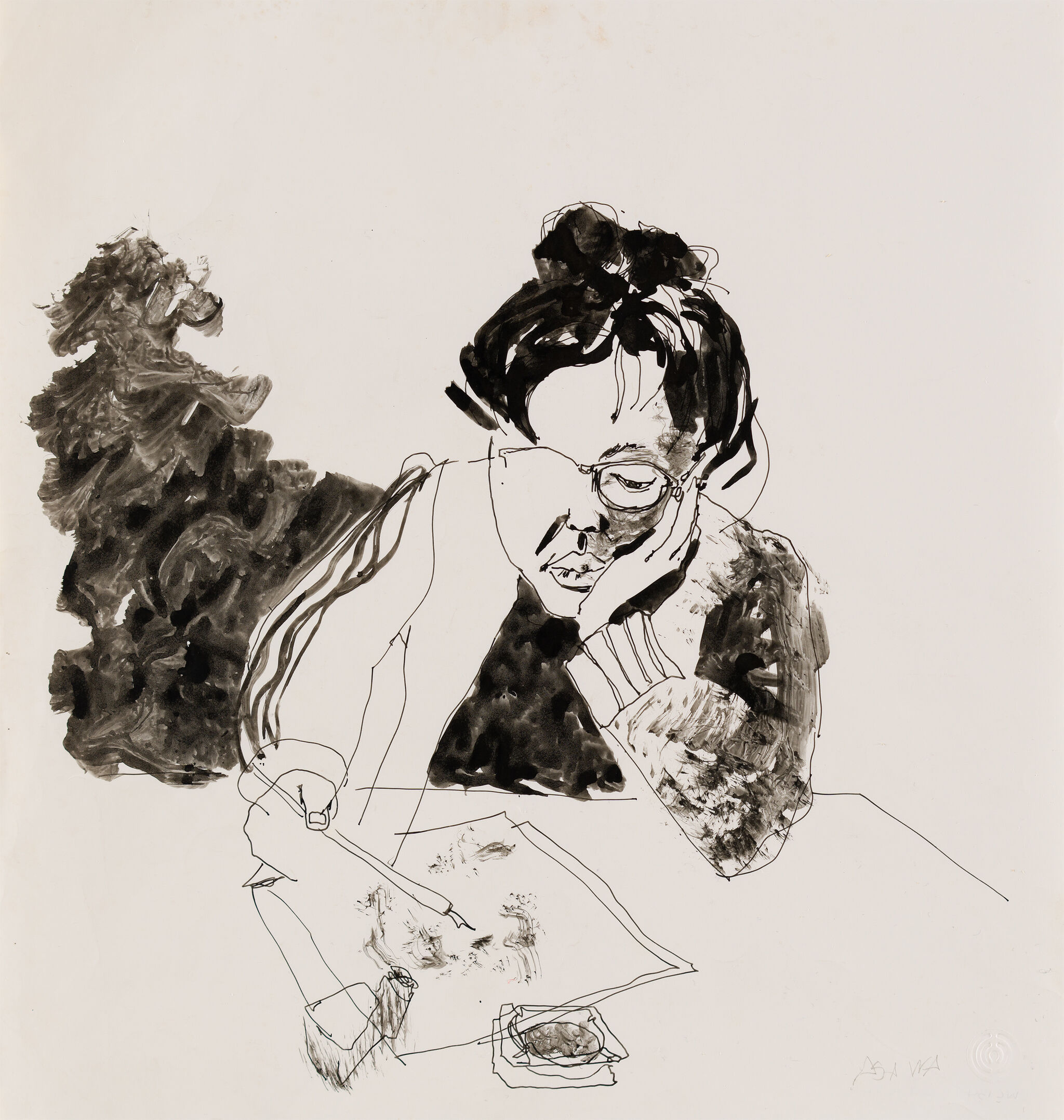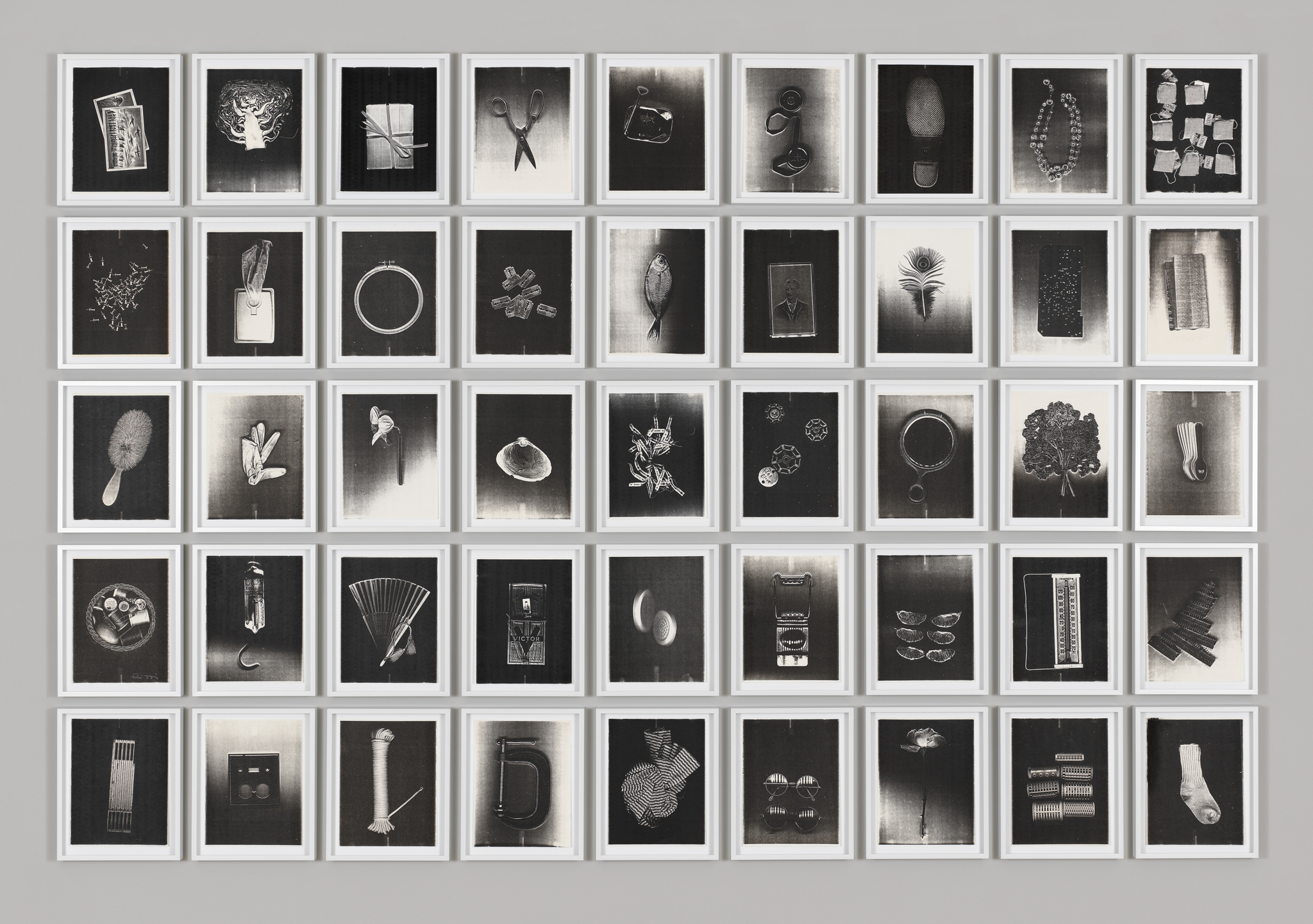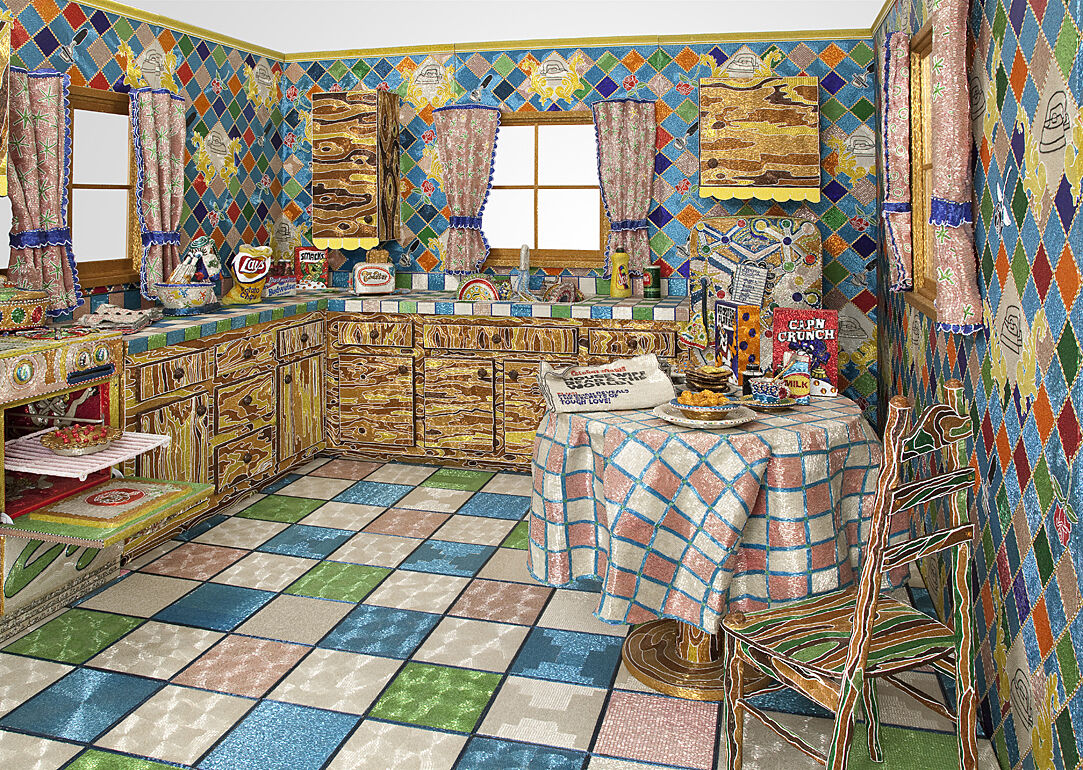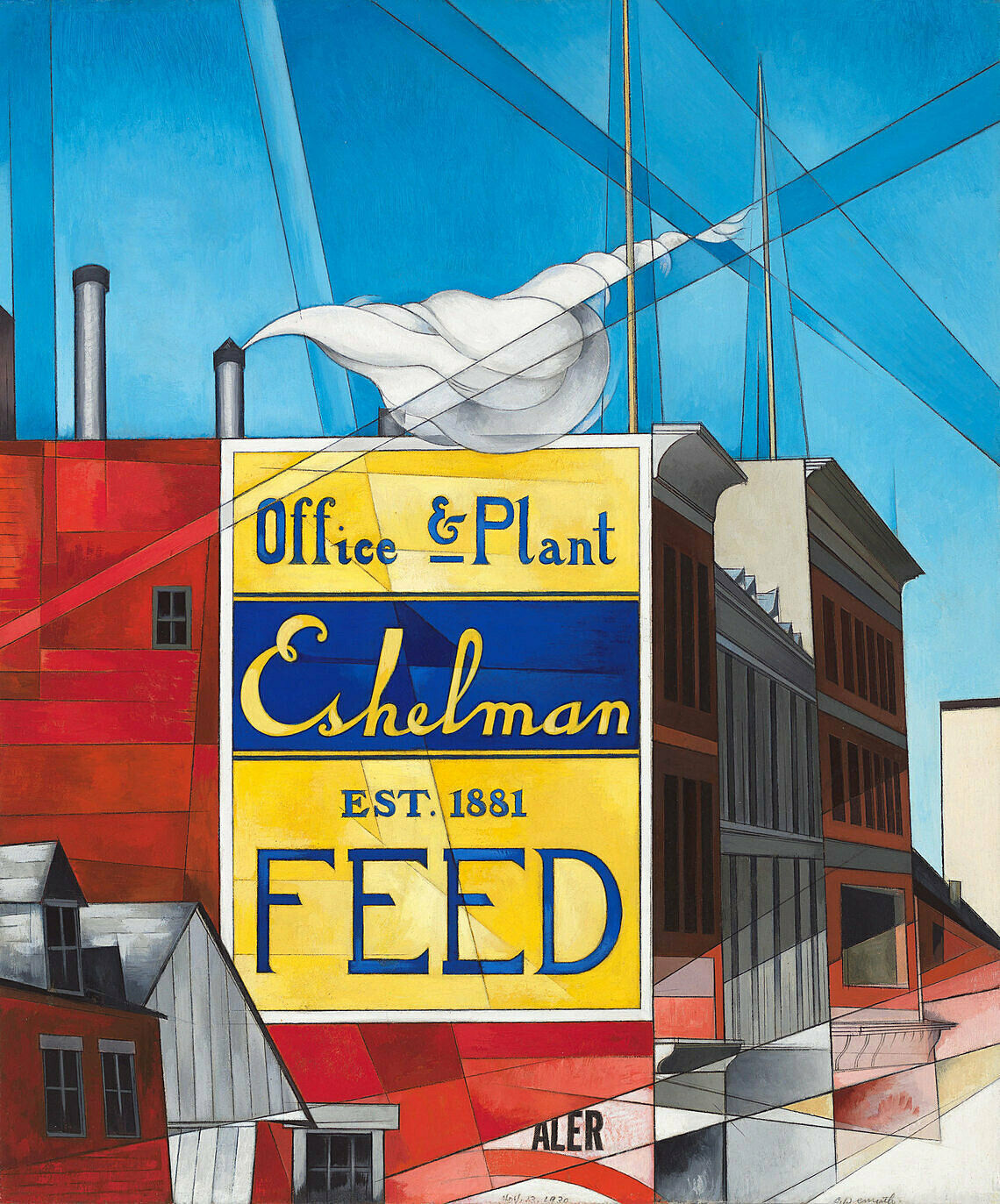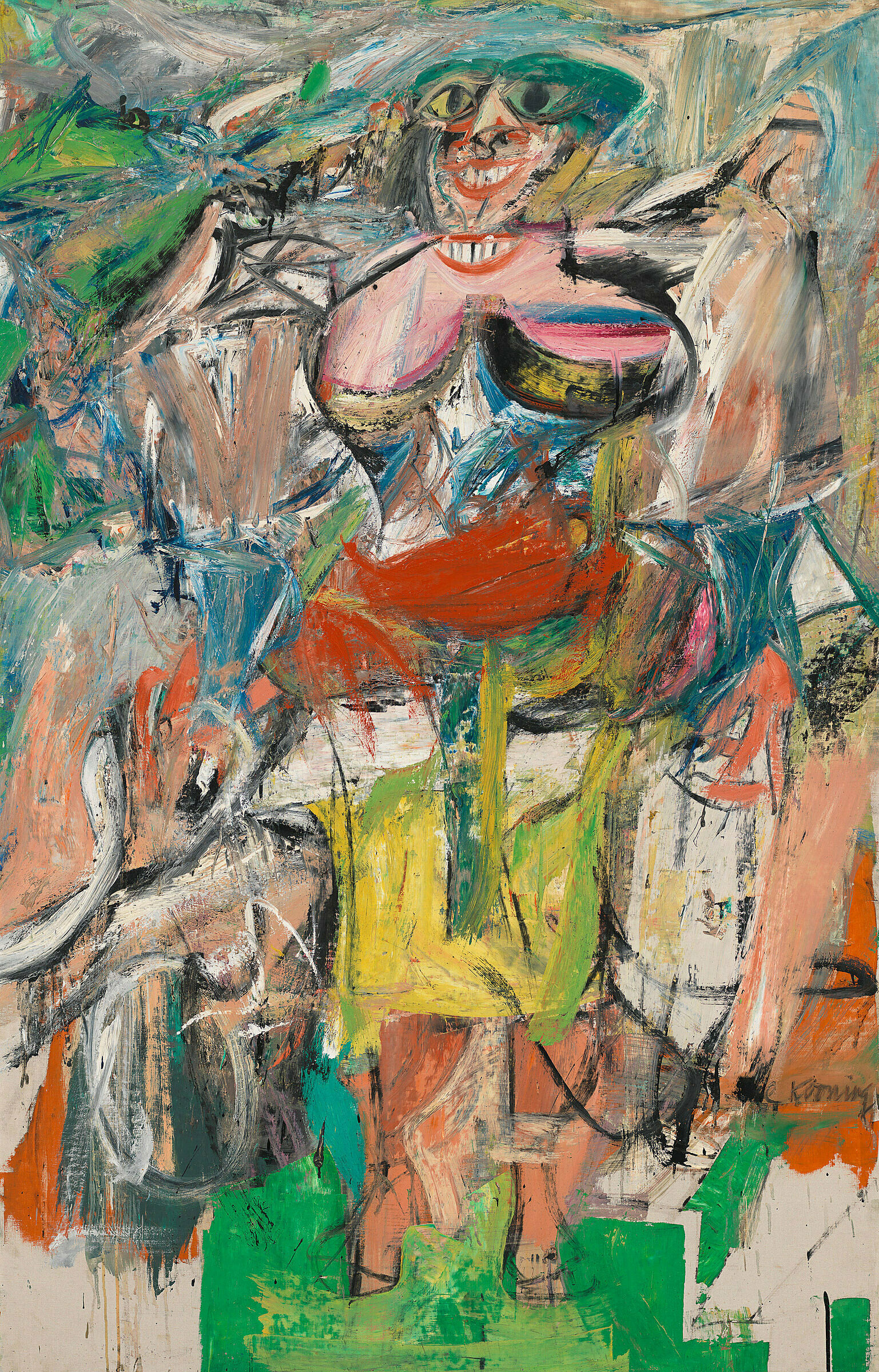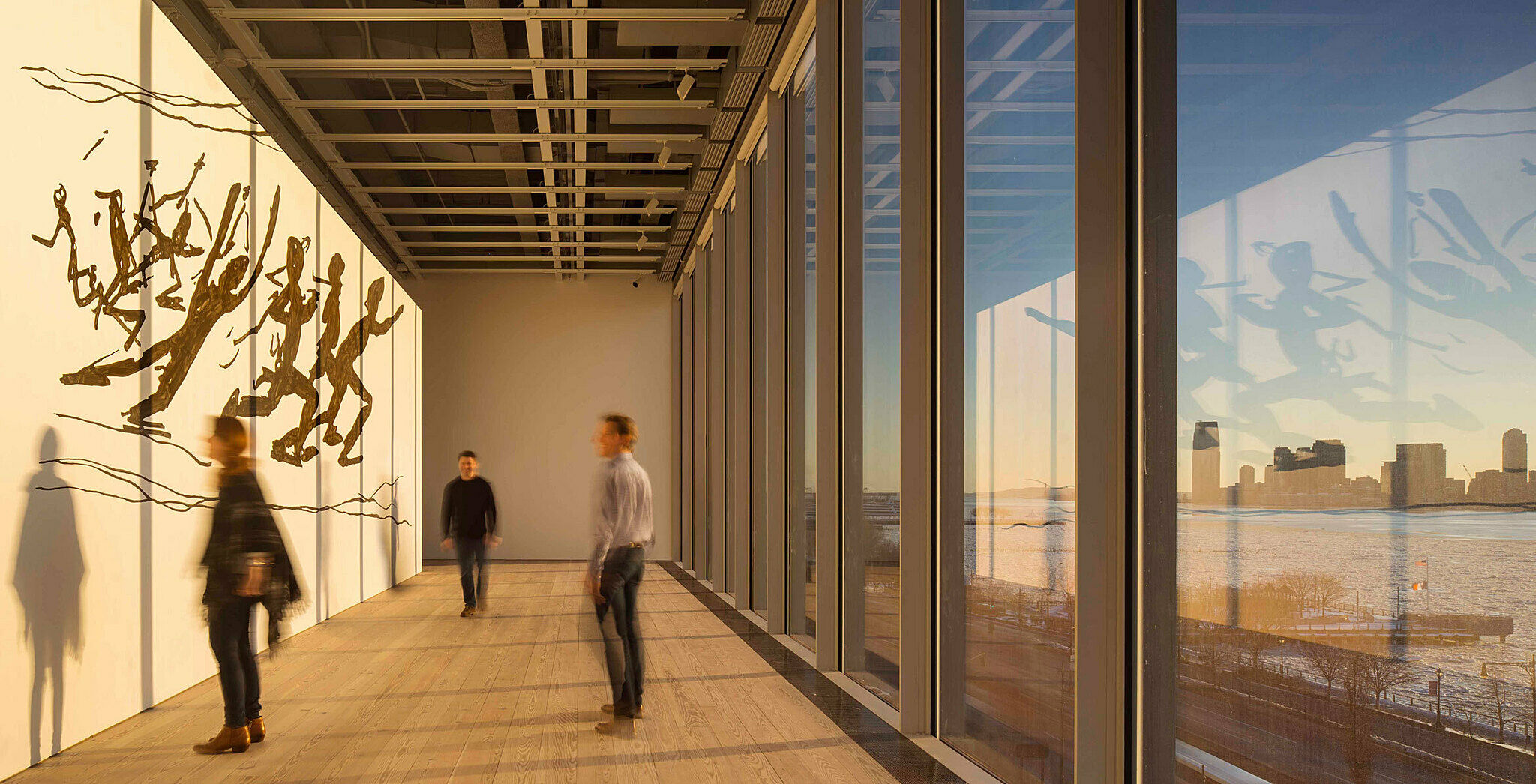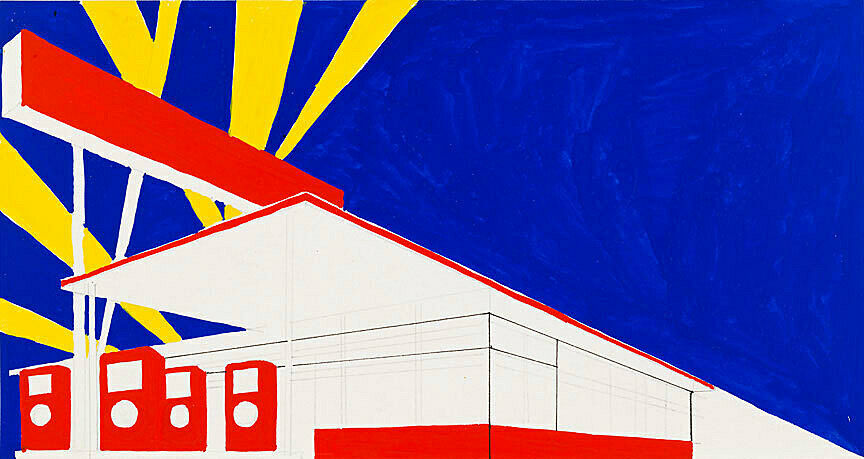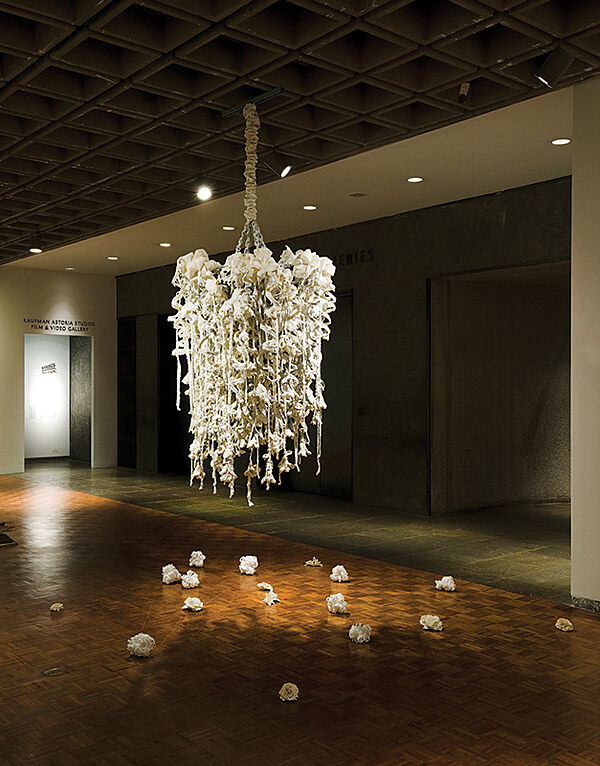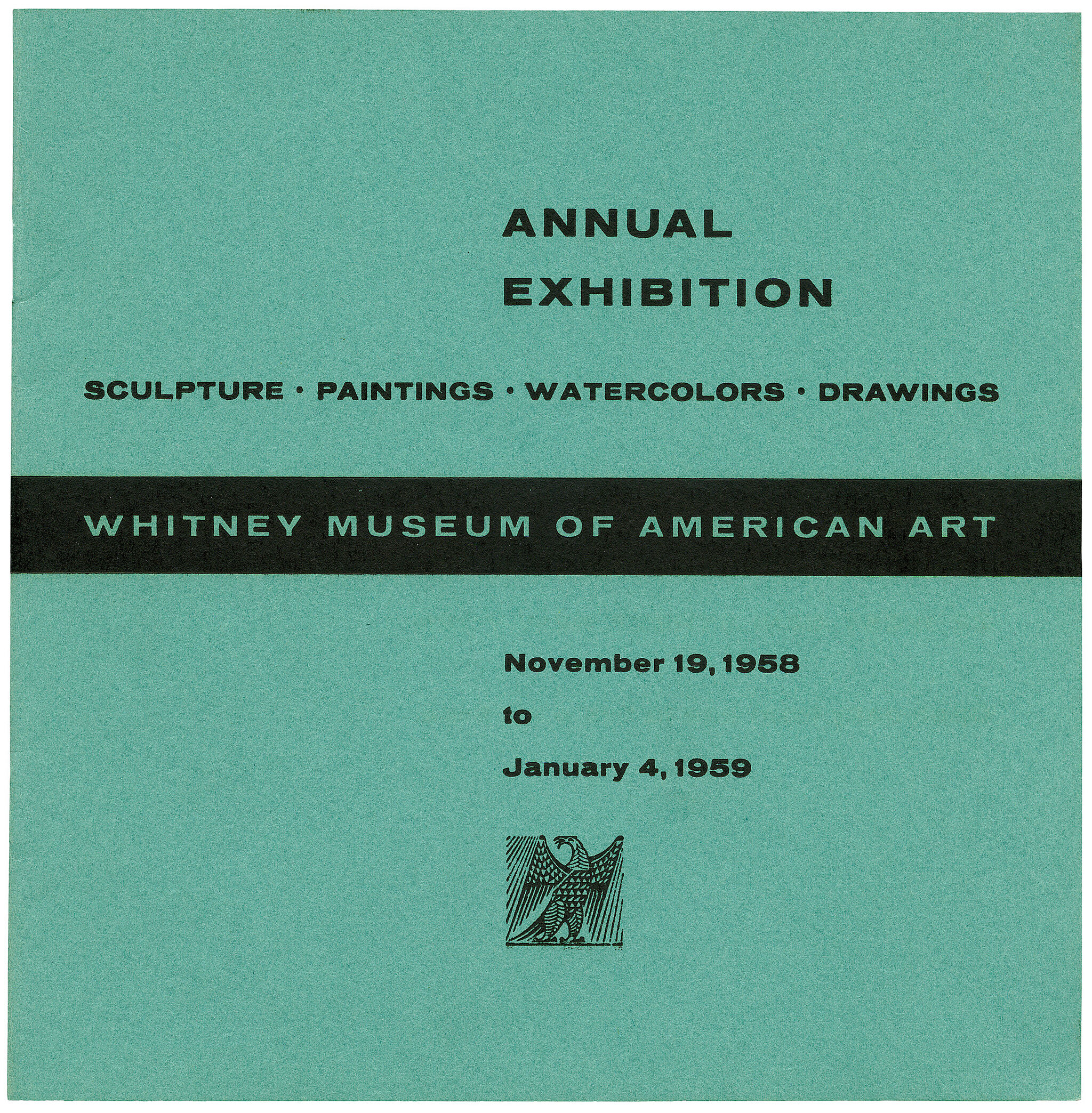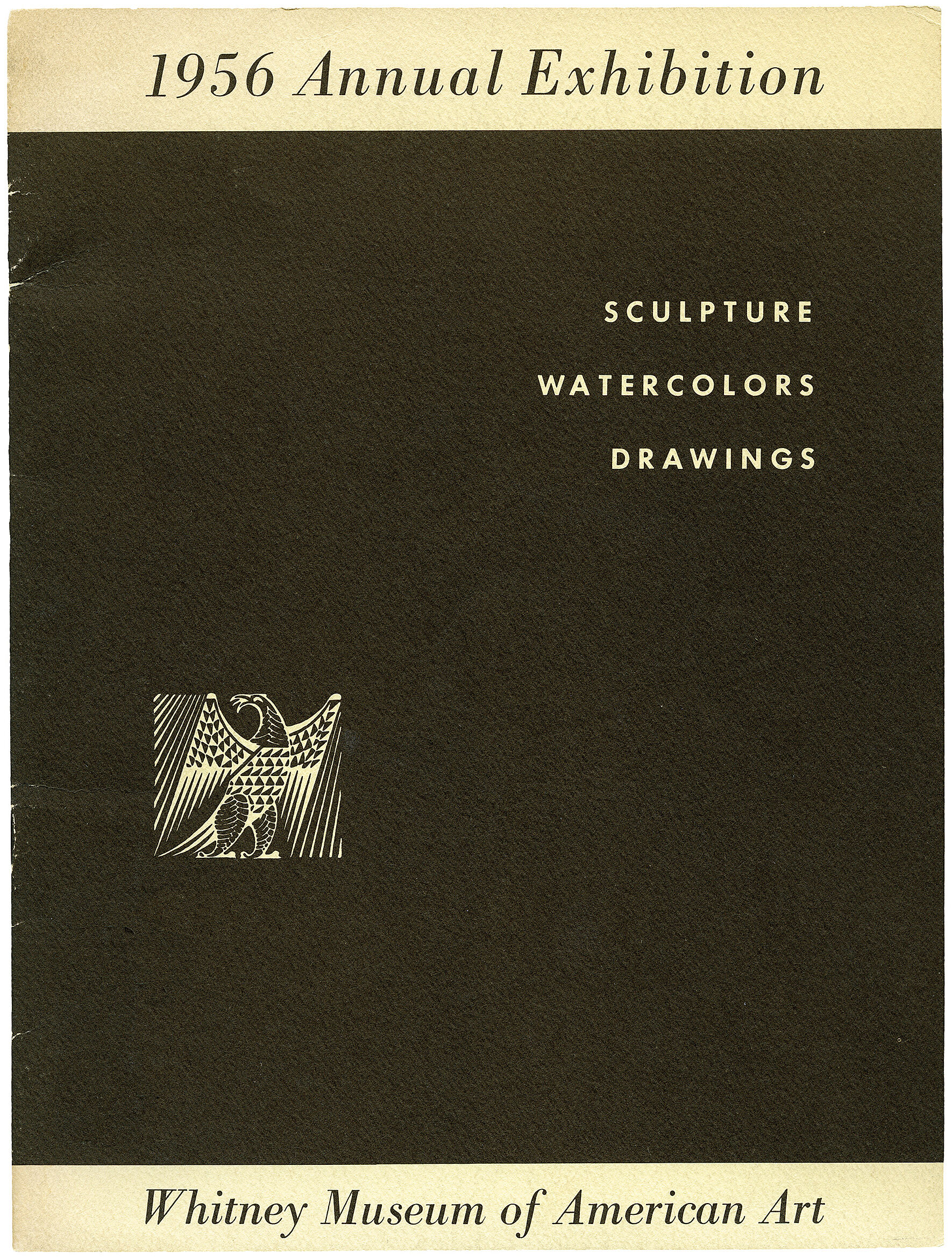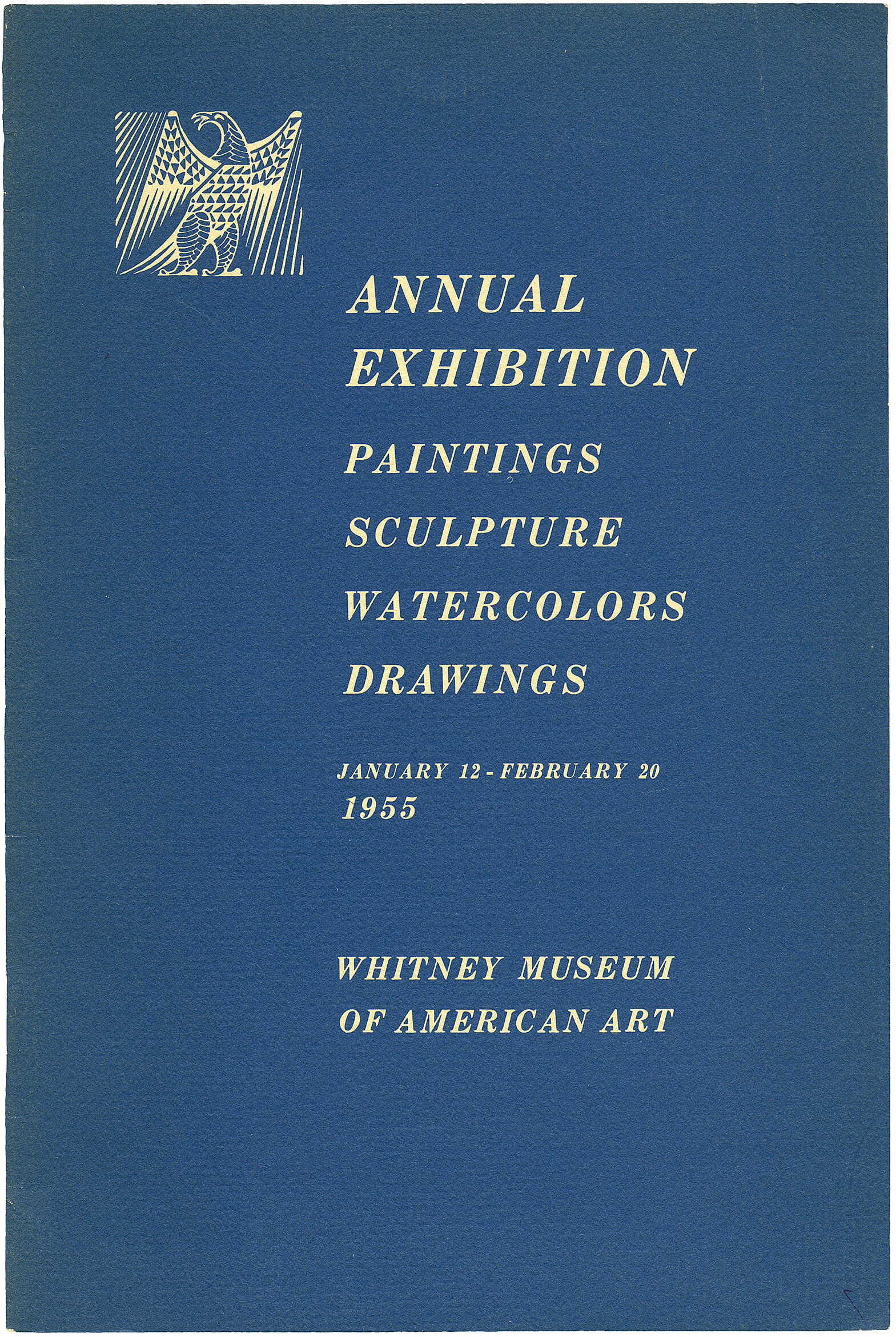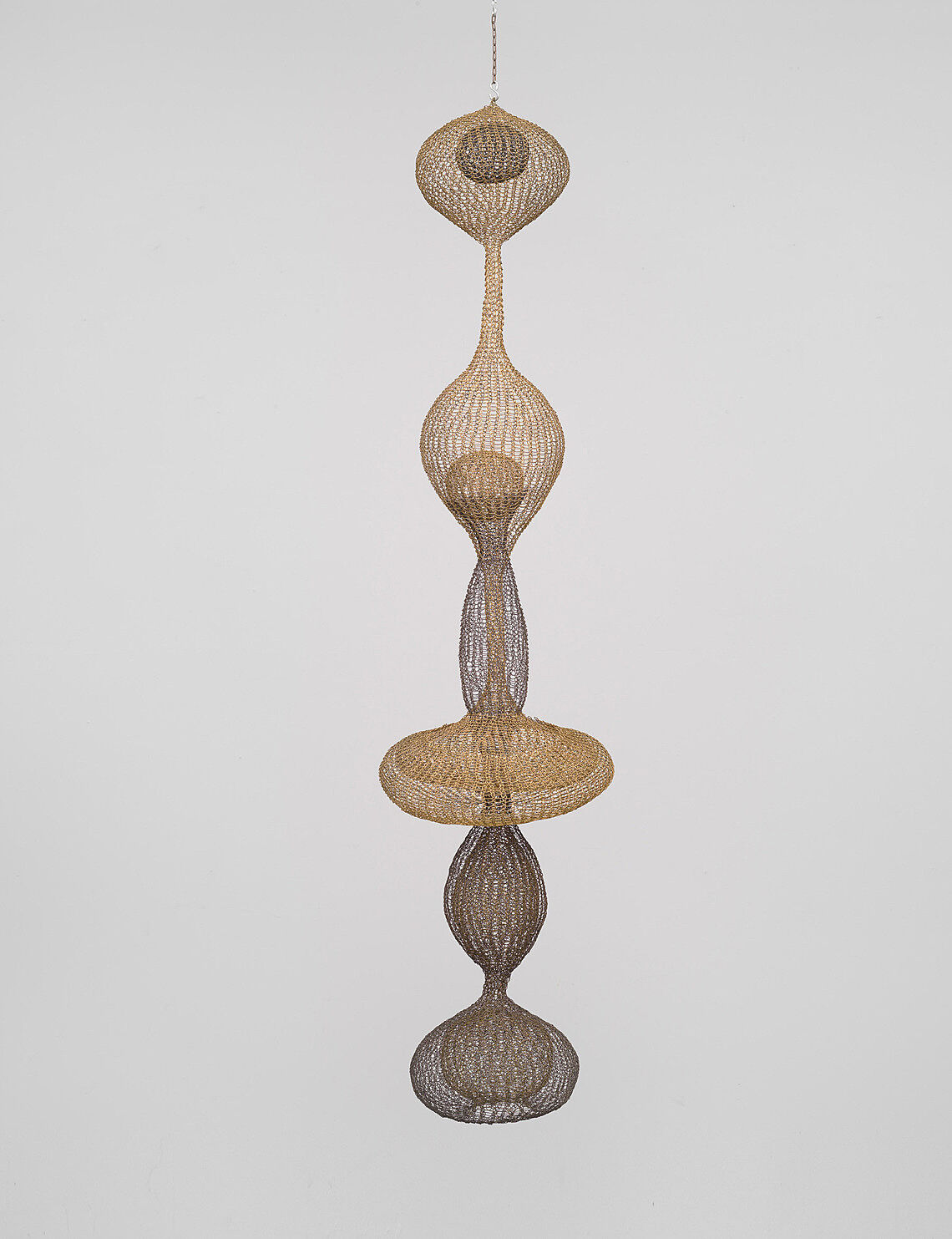Ruth Asawa
1926–2013
Introduction
Ruth Aiko Asawa (January 24, 1926 – August 5, 2013) was an American modernist artist known primarily for her abstract looped-wire sculptures inspired by natural and organic forms. In addition to her three-dimensional work, Asawa created an extensive body of works on paper, including abstract and figurative drawings and prints influenced by nature, particularly flowers and plants, and her immediate surroundings.
Born in Norwalk, California in 1926, Asawa was the fourth of seven children born to Japanese immigrants. She grew up on a truck farm. In 1942, her family was separated when they were sent to different Japanese internment camps as a result of isolation policies for Japanese-Americans mandated by the U.S. government during World War II. At Rohwer Relocation Center in Arkansas, Asawa learned drawing from illustrators interned at the camp. In 1943, she was able to leave the camp to attend Milwaukee State Teachers College, where she hoped to become a teacher but was unable to complete her studies because her Japanese ancestry prevented her from obtaining a teaching position in Wisconsin.
In 1946, Asawa joined the avant-garde artistic community at Black Mountain College in North Carolina, where she studied under the influential German-American Bauhaus painter and color theorist Josef Albers, as well as the American architect and designer Buckminster Fuller. At Black Mountain College, Asawa began making looped-wire sculptures inspired by basket crocheting technique she learned in 1947 during a trip to Mexico. In 1955, she held her first exhibition in New York and by the early 1960s, she had achieved commercial and critical success and became an advocate for public art according to her belief of "art for everyone". She was the driving force behind the creation of the San Francisco School of the Arts, which was renamed the Ruth Asawa San Francisco School of the Arts in 2010.
Her work is featured in collections at the Solomon R. Guggenheim Museum and the Whitney Museum of American Art in New York City. Fifteen of Asawa's wire sculptures are on permanent display in the tower of San Francisco's de Young Museum in Golden Gate Park, and several of her fountains are located in public places in San Francisco. In 2020, the U.S. Postal Service honored her work by producing a series of ten stamps that commemorate her well-known wire sculptures.
Wikidata identifier
Q7382874
Information from Wikipedia, made available under the Creative Commons Attribution-ShareAlike License. Accessed April 11, 2024.
Introduction
Best known for her woven-wire hanging sculptures. During WWII, she and her family were held in internment camps for Japanese Americans, first at the Santa Anita racetrack in Los Angeles, then in Rohwer Arkansas. After the war Asawa attended Black Mountain College where she met her husband, the architect Albert Lanier. She donated fifteen of her iconic wire pieces to the De Young Museum in San Francisco in 2005. She was known for her commitment to public art projects and advocacy of art education.
Country of birth
United States
Roles
Artist, graphic artist, sculptor
ULAN identifier
500077806
Names
Ruth Asawa, Ruth Asawa Lanier
Information from the Getty Research Institute's Union List of Artist Names ® (ULAN), made available under the ODC Attribution License. Accessed April 11, 2024.
